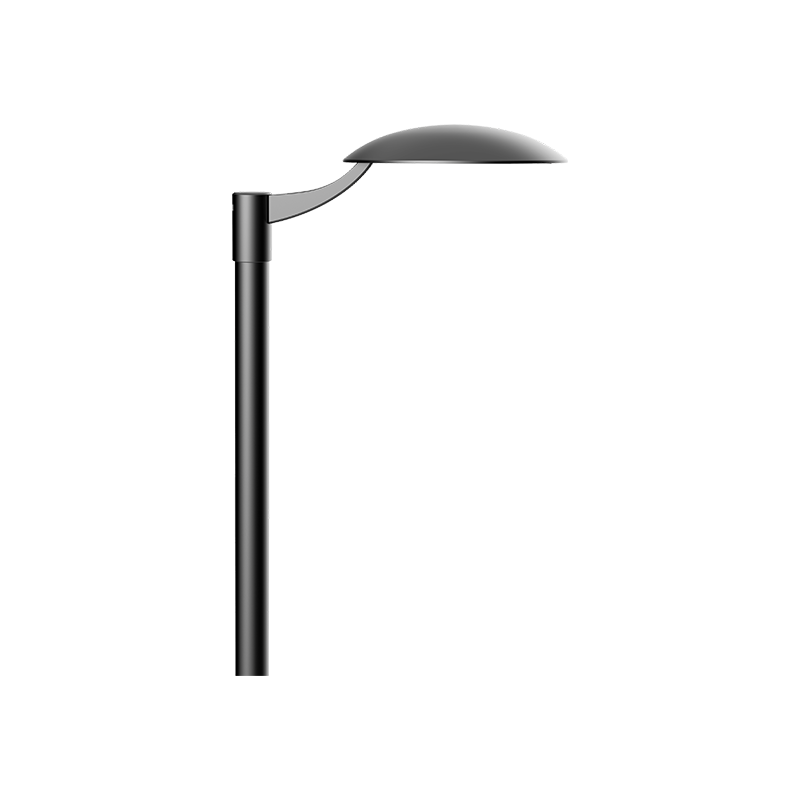When setting up LED garden lights, there are several installation requirements and considerations you should keep in mind. Here are some important ones to consider:
Power Source: LED garden lights require a power source to operate. You can choose between solar-powered lights or wired lights that connect to an electrical power source. Solar-powered lights are more convenient as they don't require wiring, but they may not be suitable for areas with limited sunlight.
Waterproofing: Since garden lights are exposed to outdoor elements, it's essential to ensure they are properly waterproofed. Look for lights with an IP (Ingress Protection) rating that indicates their level of waterproofing. Opt for lights with a high IP rating to withstand rain, snow, and other weather conditions.
Wiring and Connections: If you opt for wired LED garden lights, you'll need to consider the wiring and connections. Ensure you have the necessary cables and connectors to connect the lights to the power source. It's important to follow electrical safety guidelines and consider burying the cables underground or using protective conduit where necessary.
Lighting Design: Plan your lighting design before installation. Consider the desired ambiance and functionality of the lights in your garden. Determine where you want to place the lights and how many you'll need. This will help you estimate the quantity of lights required and ensure even distribution across your garden.


Placement and Spacing: Proper placement and spacing of the LED garden lights are crucial for achieving the desired lighting effects. Consider the height and angle at which you will install the lights to highlight specific areas or features. Pay attention to spacing to ensure adequate coverage without creating excessive glare or shadows.
Timer or Sensors: To optimize energy usage and provide convenience, you may want to consider using timers or motion sensors with your LED garden lights. Timers allow you to schedule when the lights turn on and off, while motion sensors can automatically activate the lights when movement is detected, adding security and reducing energy waste.
Maintenance and Accessibility: Keep in mind the accessibility of the lights for maintenance purposes. Ensure that the lights are easily accessible for cleaning, bulb replacement, or any necessary repairs. Consider using lights with long lifespans and energy-efficient LEDs to minimize the need for frequent maintenance.
Compliance with Regulations: Check local regulations or building codes that may apply to the installation of outdoor lighting. Some areas have specific guidelines regarding electrical installations and light pollution, so it's important to comply with these regulations.
Remember, it's always a good idea to consult the manufacturer's instructions and guidelines specific to the LED garden lights you purchase to ensure proper installation and usage.


 Español
Español












